IDD Insight
Quadrilateral, or the ‘Quad’, may be far from being a NATO-like security alliance, but for its partners — the US, India, Japan and Australia – there is no alternative or ‘TINA’, other than building the ‘Quad’ into a cooperative frame work.
Sporadic first steps are being taken on integrating industry, strategic interests and possible partnerships amongst ‘Quad-countries’ to jointly-produce equipment for military and space. NATO had looked after post-world war interests of Europe and US, the common security interests of ‘Quad’ are still being defined, but would be clearly aimed at countering Chinese aggression of not following a rules based order.
One such event to integrate industry interests was conducted on March 31. Called ‘the Quad, potential for industrial partnership building on strategic relationships in space and defense’ was like an ‘ice-breaker’ for industry leaders to get to know each other.
Hosted by the International Security Industry Council (ISIC) of Japan, it virtually connected speakers in India, Japan, Australia and US. Masanori Nishi former Vice Minister of Defence, Japan moderated the event.
Japan: From prohibition to transfer of military knowhow
Speaking about the Japanese perspective, Tomohiko Taniguchi, a Prof at Keio university and special adviser to former Prime Minister Shinzo Abe said “Quad now faces ‘TINA’. It’s not just a question if we can cooperate or not ? We have to cooperate”.
He credited Abe for creating the National Security Council and National Security Secretariat and then changing the position of Japan which prohibited transfer of weapons. “From prohibition to transfer, we made a 180 degree change. Had it not taken place and there would not have been a Quad”, Tomohiko said.

The senior Japanese official mentioned about the ADETT ‘agreement
On defence equipment technology and transfer’, which establishes the legal framework for the Governments of Japan and Australia to participate in the joint research, development, and production of defence equipment and technology.
Coming together of the UK, France and Germany could serve as multiplier of ‘Quad’, he said
Australia plans to spend $275 billion in 10 years
Brent Clark CEO of the Australia Industry and Defence Network said the Australia plans to spend $275 billion on new weapons and equipment from 2020 and 2030. The total defence spend would be $ 550 billion during this period. “This is the largest plan of acquisition since world war II. Scope of acquisition includes maritime, land, cyber and space,” said Clark adding that becoming suppliers to the supply chain is a scope partners can explore.
The Australian Department of Defence is influenced by US companies but it does not mean only US companies are welcome. “Australia does not have an anti-foreign company policy… Australia has always opted for most capable systems,” said Clark. He cited how UK, Germany, Italy, France and Sweden were among other suppliers.

The Australian submarine programme has some 92 percent local involvement. The US is involved in a advisory capacity in that and also in the making the Frigates. Australian Government has de-coupled defence budget from the GDP. The defence spending is up from 2 per cent of GDP to anything between 2.3 to 2.6 percent.
Enormous scope to partner in India
India is second largest importer of weapons and equipment, said a report in March by SIPRI, an international think-tank. It looks to produce on its own. President of Society of Indian Defence Manufacturers (SIDM) JD Patil speaking at the meeting said “the space sector is open for private sector. It holds enormous opportunity to come together”.
We now have a new acquisition policy. Government has resolved that it shall not import anything which its capable of making locally. A list of 101 items which cannot be imported has been announced. This opens opportunity for multi-layered teaming up. A foreign company can walk in and set shop by owning 74 percent stake. In case 100 per cent owned company, it can be set up with permission. The industry can make for India and also export.

Patil said about 80 percent of acquisition going forward has been put for Indian industry. “Some we will be able to do on own, others (projects) will require teaming up. We can team up for selective focus,” said the SIDM chief.
Capital allocation up has gone up and its stand at $ 18 billion for the financial year commencing April, 1, 2021.
“The special relationship started by our political leadership, should now move to industrial friendship and industrial cooperation. We need to be building bridges and de-coupling supply chains,” JD Patil
US working to de-couple China from critical tech
The Biden Administration is working to de-couple investment from China. Critical technology for national security like beyond 5G years hypersonics, space, rare earth materials and processing of these rare earths materials are some key investment areas, said Keith Webster President of Defense and Aerospace Export Council and Vice President of the US Chamber of Commerce
The White House task force is working to addresses national security challenges due to rise of China’s military. The Senate, after its Spring break, will focus on new bill to expand the national foundation to rename it as national science and technology foundation. This aims to advance technology in critical focus areas, like artificial intelligence, machine learning , Semi Conductors, quantum computing and information systems. This will entail a $ 100 billion to focus on identified areas.

The US is looking to boost competiveness, strengthening ties with partners alike NATO, South East Asia and India.
“US will lean on allies and friends on how to de-couple from China and to limit Chinese influence,” said Webster.
China is an adversarial power looking to displace the US from Indo-Pacific and to re-order the region in its favour. Washington has been building alliances and quad is one such mechanism.
The four governments have formed a ‘critical and emerging technology group’, it is tasked with dialogue on critical technology supply chains and that is an attempt to shut out China from any dual use civil and military applications. Additional areas of cooperation include cyber security and securing supply chains.
Webster was referring to the Quad ‘Critical and Emerging Technology Working Group’ announced on March 12. This is to focus on design, development, standards, and diversification in critical areas, based on shared interests and values. This was announced after the first ever ‘Quad’ summit, a virtual event involving US President Joe Biden, Japan Prime Minister Yoshihide Suga, Australia Prime Minister Scott Morrison, and India Prime Minister Narendra Modi.
Webster concluded saying “We have to together pave the path and agree how best to do it. The world is watching and China is not waiting”.
IDD view on Quad
The Quad, will need to be progressing quickly on joint development of projects, joint flights patrolling over sea and land. Among the Quad members, India is the only one which could have a small issue on joint development of military equipment due to long standing friendship with Russia. However, in the past New Delhi and Moscow have realised that both of them have separate relations with other countries – like India with the US or Russia with China.
A couple of joint exercises have been conducted by Quad memebers. The Biden Adminitsration is very serious on China, rather the US President at his first press conference was candid on making China pay for any mis-adventure. Read the IDD report on this.
Space is an arena all the Quad partners can join hands. Read the IDD insight into Quad . On the information sharing all the four now fly common platforms like the heavy lifter Boeing C-17, tactical ops plane the C-130 from Lockheed Martin, the Boeing P8I and the General Atomics Sea Guardian drones.
So can the Quad expand ? Yes it should to include South Korea and Indonesia.





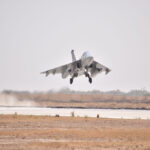
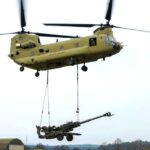





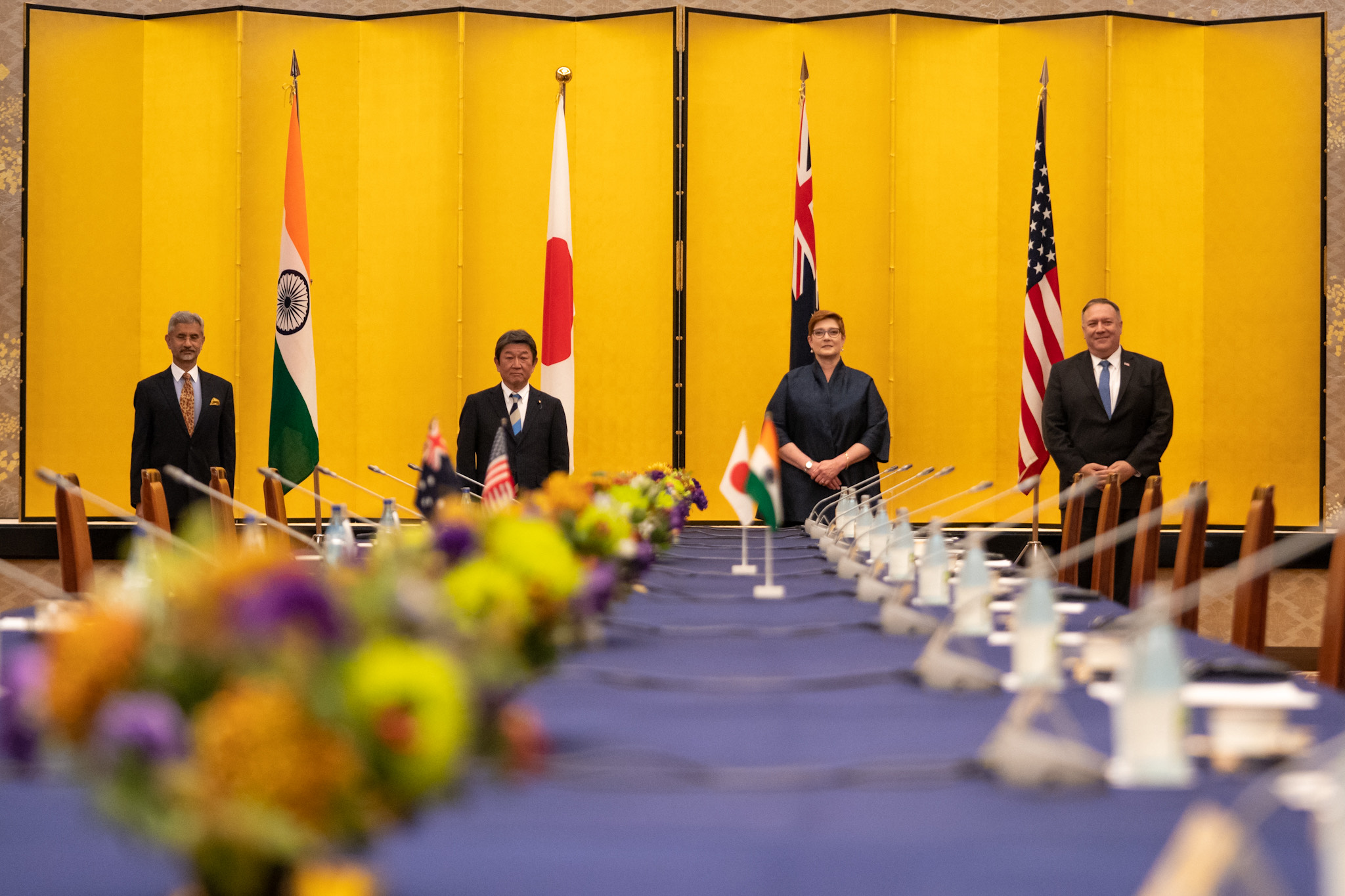


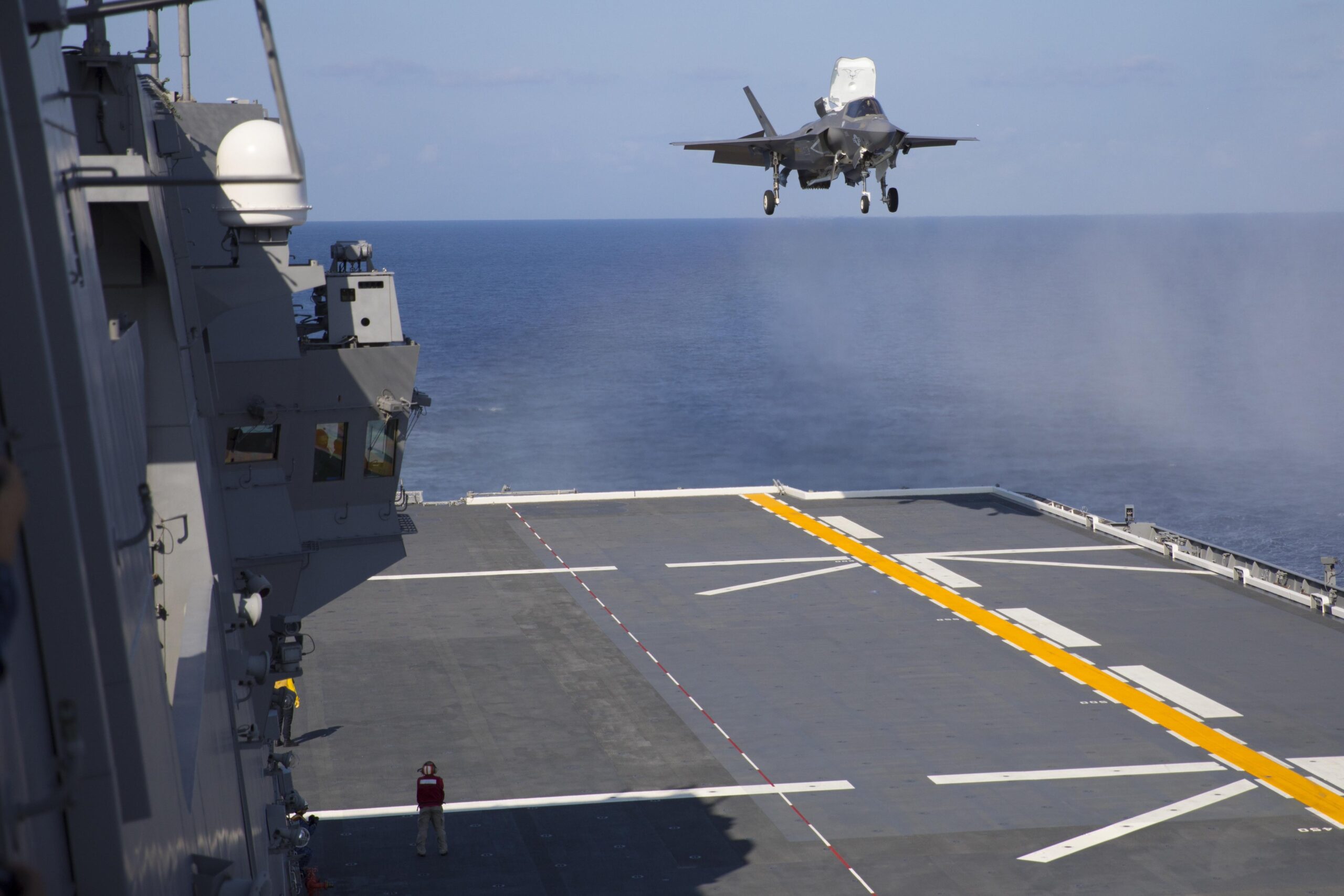
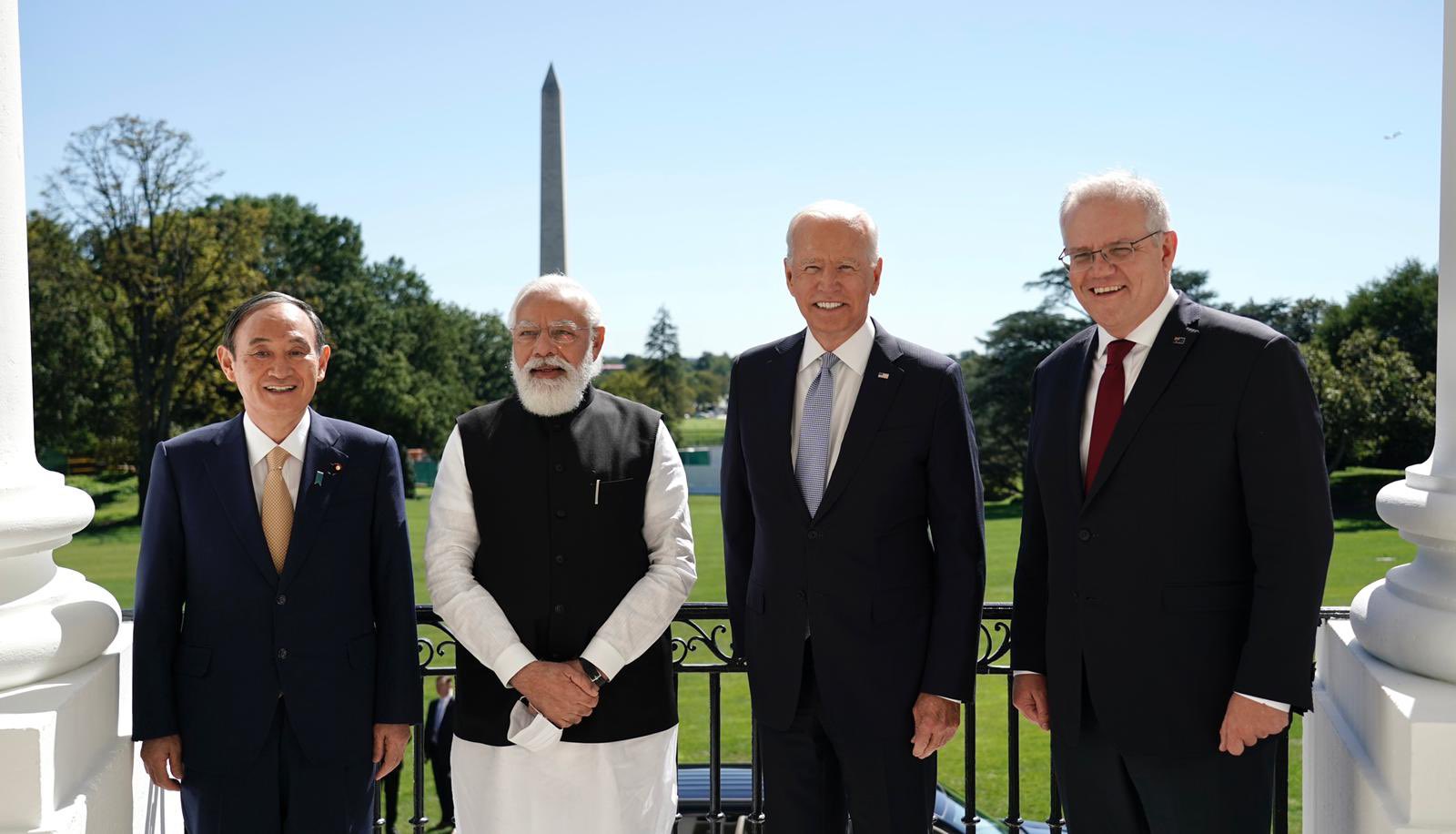
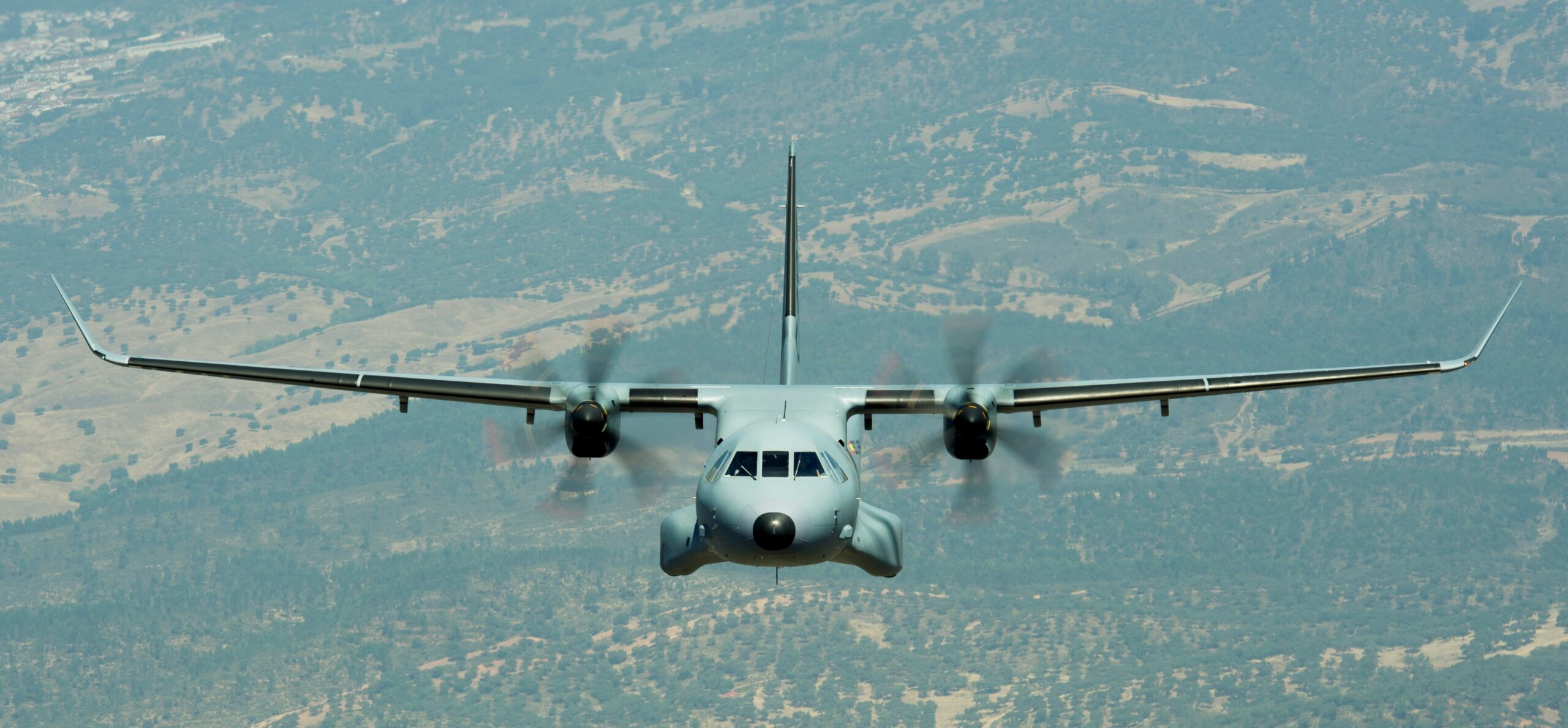
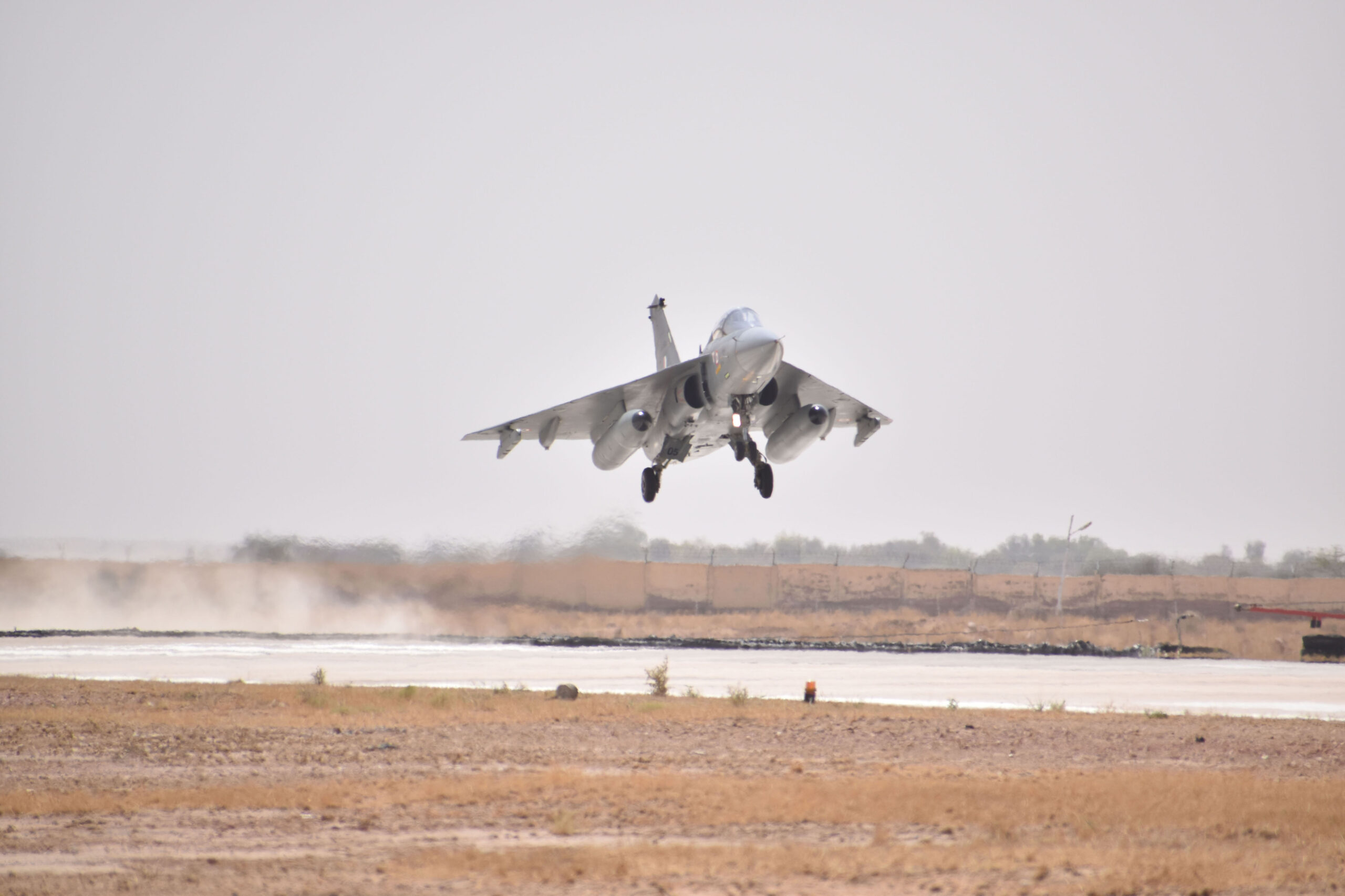
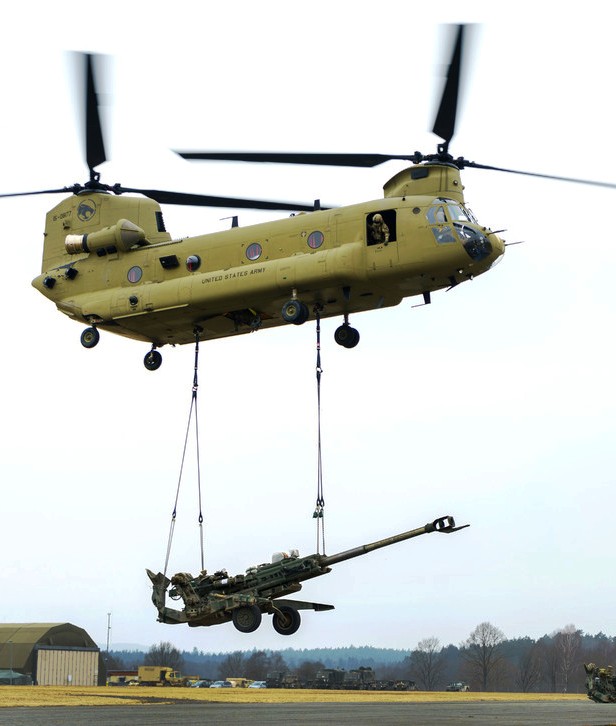
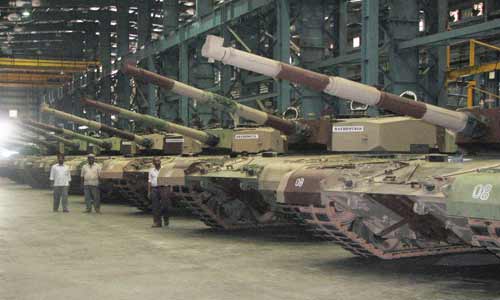


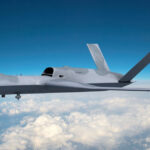
Recent Comments